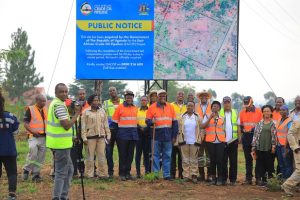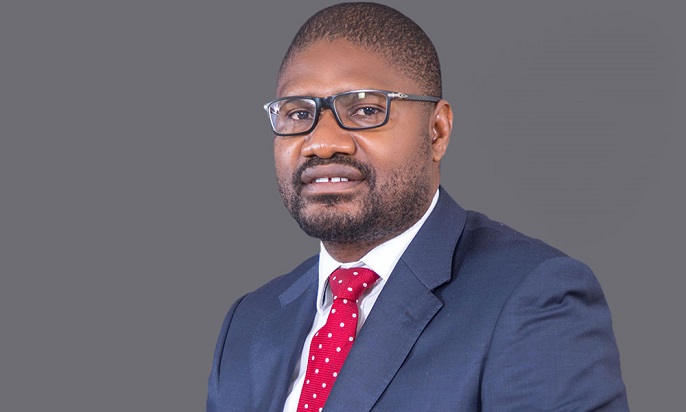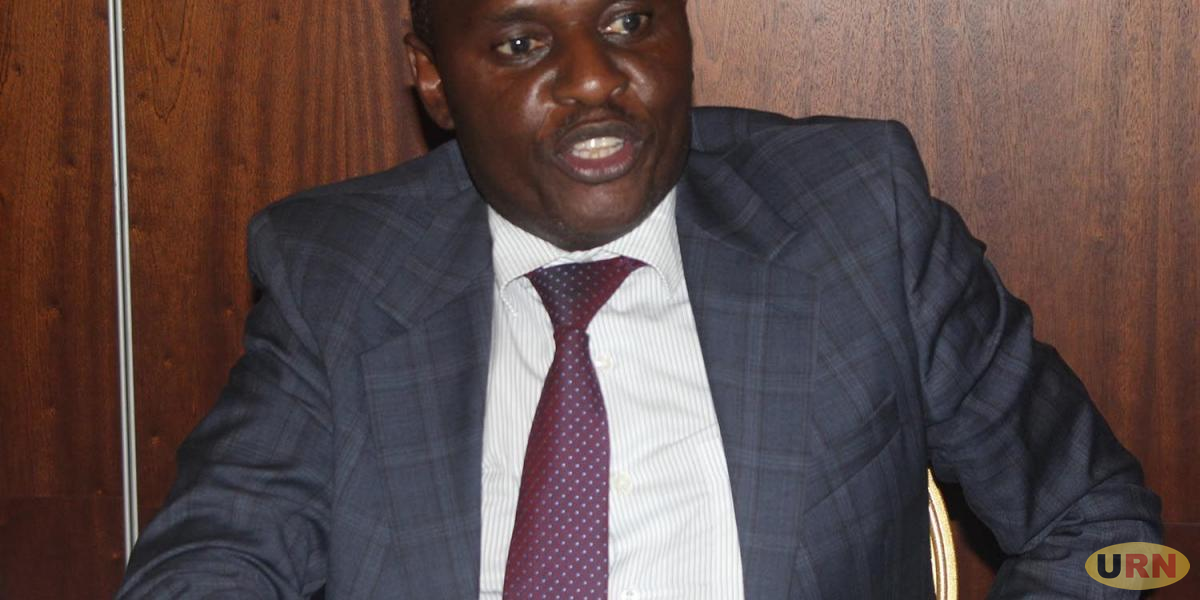By Ali Ssekatawa
On the cloudy afternoon of April 23, 2016, regional Heads of State of Uganda, Kenya, and Rwanda under the Northern Corridor Infrastructure Programmes (NCIP) cluster gathered at Commonwealth Resort, Munyonyo, for their 13th extra-ordinary meeting which will forever remain momentous.
It is here that it was announced that Uganda had opted for the southern route through Tanzania, not a member of the cluster, “as the least cost option” for the development of the proposed crude oil export pipeline.
The EACOP, a 1443km duct will snake through 10 districts in Uganda enroute through 23 districts in Tanzania to Chongoleani -Tanga port, along the Indian ocean. Uganda and Tanzania share a unique history that goes back to pre-colonial period. The EACOP route cuts through areas like Tanga, Bagamoyo and kagera regions peppered with a lot of this history.
As I travelled through the route from Tanga to Kagera with colleagues from the Petroleum Authority of Uganda (PAU) and the Energy and Water Utilities Regulatory Authority (EWURA), we reminisced on this historical interrelationship that EACOP is.
Tanga is one of the oldest cities and port in North-Eastern Tanzania, located on the Pemba Channel of the Indian Ocean, having been established by Portuguese traders around 1500 as a trading outpost for ivory and slaves. The port underwent more transformation during the German colonial rule from 1894 to 1918 when then Tanganyika was placed under trusteeship of the League of Nations
The delegation led by Col RO 00027 (Rtd) Fred Mwesigye, Uganda’s High Commissioner to Tanzania, a National Resistance historical, visited the site for the Marine Storage Terminal (MST) at Chongoleani – Tanga, where the EACOP route ends. This MST, whose site clearing, cut and fill activities was at 90 percent complete, will have four tanks, each with a storage capacity of 500,000 barrels of oil.
Enroute to Tanga from Dar es salaam, we transited through Bagamoyo, another historical town on the coastline. Bagamoyo has its name etched in history as as the epicentre of the rise and fall of slave trade. It was a vital trading coastal town of Tanzania during the peak of the Arab run slave and ivory trade. It was not until 1922 when slave trade was abolished in this area. Today, this historical coastal town has some of these monuments erected as a lasting reminder of the vestiges of colonialism and slave trade.
In Singida district, we visited the Main Camp & Pipe Yard (MCPY)-11 located in Ntondo village Musisi ward. The progress of the Early Civil Works for the camp by Nyanza Roads, a local Tanzanian construction company stood at 98% and was expected to be completed by end of February 2023. Once pipeline construction activities are completed, the camp will be converted into a solar farm to supplement on the EACOP energy requirements during the operation phase of the project.
The EACOP will cross River Kagera by Horizontal Directional Drilling technology at Kyaka point, Missenyi district enroute to Tanga.
The Kagera region, is hallmark of the modern history of the struggles of liberation for Uganda, by President Julius Nyerere, the founder father of Tanzania and Gen Yoweri Museveni, the President of Uganda.
It is here that the war that led to the overthrow of former Uganda President Idi Amin between October 1978 and June 1979 broke out. This was preceded by an invasion of Idi Amin’s army of the Kagera salient there by ensuing into a full-blown war between Uganda and Tanzania. Amin’s army was defeated by a combined force of the Tanzanian army (Bakombozi) and Uganda’s exile rebel groups.
Who then was most suited to lead this 1500km expedition from Dar es salaam, through Bagamoyo, via Singida to the historical Kagera region other than RO 00027, Col. Fred Mwesigye, a historical but also a war memorial walking encyclopaedia. Coincidently, I bumped into my old comrade Daniel Mukombozi whose name is clearly as a result of the Bakombozi war of 1979.

In Hoima, where the EACOP starts its journey is home to the Omukama of Bunyoro-Kitara kingdom, Kabaleega John Chwa II, one of the greatest cultural leaders known for putting up fierce resistance against the British colonial rule.
The EACOP is an umbilical code that joins the people of Uganda and Tanzania. It is a congruence of history of triumph over adversity. It weaves the thread from slave trade, German occupation, Nyangire rebellions to the subsequent liberation struggles. There’s no doubt in my mind that those fighting it “have learnt nothing and forgotten nothing”.
With the accession of the Democratic Republic of Congo (DRC) to the East African Community, the EACOP is anticipated to complete the integration of the East Africa. The DRC is expected to start its own oil project which will most likely use the EACOP to terminate to the international market thereby erasing the imperialistic Belgian Congo history.
We are not makers of history; we are made by history. The further backward you look, the further forward you are likely to see. The EACOP has turned the corner and is on course to deliver the first drop of Uganda’s crude oil to the international market.
Ali Ssekatawa is the Director Legal and Corporate Affairs at the PAU





